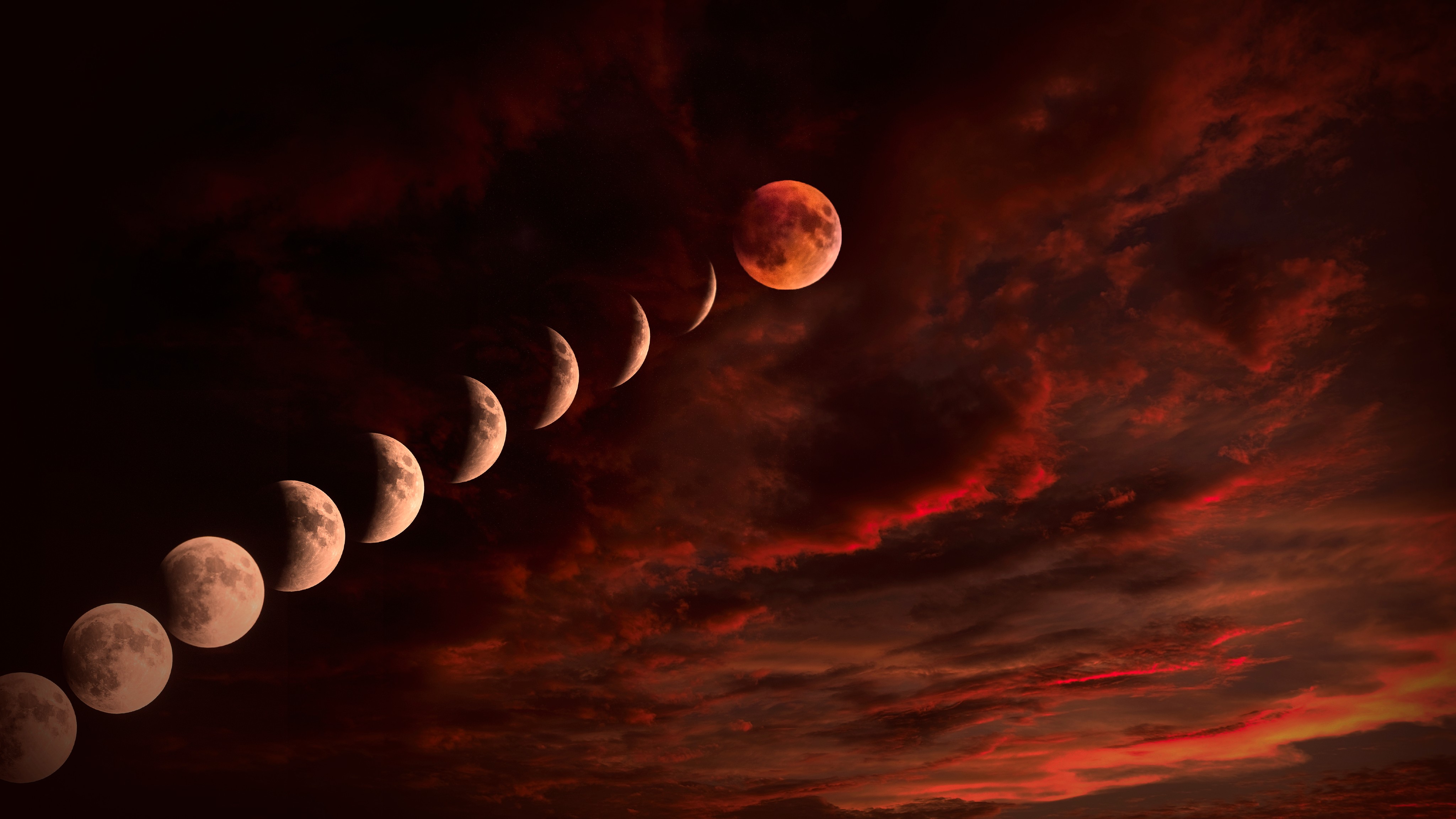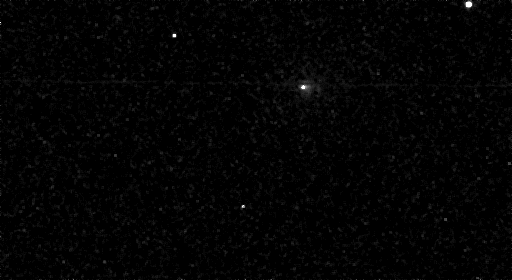How to watch the Sept. 7 'blood moon' total lunar eclipse if you're in America
The final 'blood moon' total lunar eclipse of 2025 is coming this Sunday (Sept. 7-8). Here's where the celestial spectacle will be visible — and how to watch it if you're not in the path.

This Sunday night (Sept. 7-8), Earth will pass directly between the sun and the full Corn Moon to trigger the year's second and final total lunar eclipse.
Spanning more than five hours, the celestial event will peak with an impressive 82-minute totality phase, when Earth's massive inner shadow will plunge the moon's entire near side into a reddish darkness — earning it the eerie nickname "blood moon."
Sadly, unlike this year's previous blood moon lunar eclipse on March 13-14, viewers in the United States will not be invited to the show. By the time the eclipse begins at 11:28 a.m. EDT (15:28 UTC), the full moon will already have set over North and South America, cutting most of the Western Hemisphere out of the event, according to Live Science's sister site Space.com.
Instead, the eclipse will be best seen from Asia and Western Australia, where more than 6 billion people (nearly 77% of the world's population) will be privy to the entire total phase of the eclipse, according to Time and Date. Skywatchers in most of Europe and Africa will be able to catch at least part of totality, which ends at 20:55 UTC globally, and most of the partial phase that follows it as the moon sneaks back out of Earth's shadow.
How to live stream the lunar eclipse
Skywatchers in North America who want to catch the blood moon in real time aren't totally out of luck, however. A free livestream of the event, courtesy of the Virtual Telescope Project in Italy, has been set for Sept. 7. The stream begins at 1:45 p.m. EDT (17:45 UTC), shortly after moonrise in Italy. The moon will rise partially eclipsed and will reach totality roughly 45 minutes later, according to Time and Date's eclipse map tool.
You can watch the entire stream on the Virtual Telescope Project's official YouTube page or via the video embedded below.
Why do 'blood moon' eclipses happen?
Total lunar eclipses always occur during the full moon, when the moon, Earth and the sun line up in a row. Once perfectly aligned, the innermost and darkest part of Earth's shadow — the umbra — falls across the visible surface of the moon, blotting out the sun's light.
Get the world’s most fascinating discoveries delivered straight to your inbox.
The moon appears red during this phase thanks to a phenomenon called Rayleigh scattering, in which particles in Earth's atmosphere preferentially scatter different wavelengths of light.
As incoming sunlight curves around Earth's perimeter, atmospheric particles scatter shorter-wavelength blue light while allowing longer-wavelength red light to pass through and strike the moon's surface, Live Science previously reported, giving the appearance of a "blood moon."
As is always the case on Earth, a solar eclipse will follow two weeks after its lunar counterpart. On Sept. 21, a partial solar eclipse will be visible from parts of New Zealand, Australia and Antarctica, with up to 80% of the sun's disk blocked by the moon during the peak. Several Pacific islands — including Fiji, Tonga and Samoa — will see a slimmer eclipse, with less than 30% of the sun's disk covered.
Editor's note: This article was updated at 10:45 a.m. EDT on Sept. 5 to include new information about the weekend's total lunar eclipse.

Brandon is the space / physics editor at Live Science. With more than 20 years of editorial experience, his writing has appeared in The Washington Post, Reader's Digest, CBS.com, the Richard Dawkins Foundation website and other outlets. He holds a bachelor's degree in creative writing from the University of Arizona, with minors in journalism and media arts. His interests include black holes, asteroids and comets, and the search for extraterrestrial life.
You must confirm your public display name before commenting
Please logout and then login again, you will then be prompted to enter your display name.

